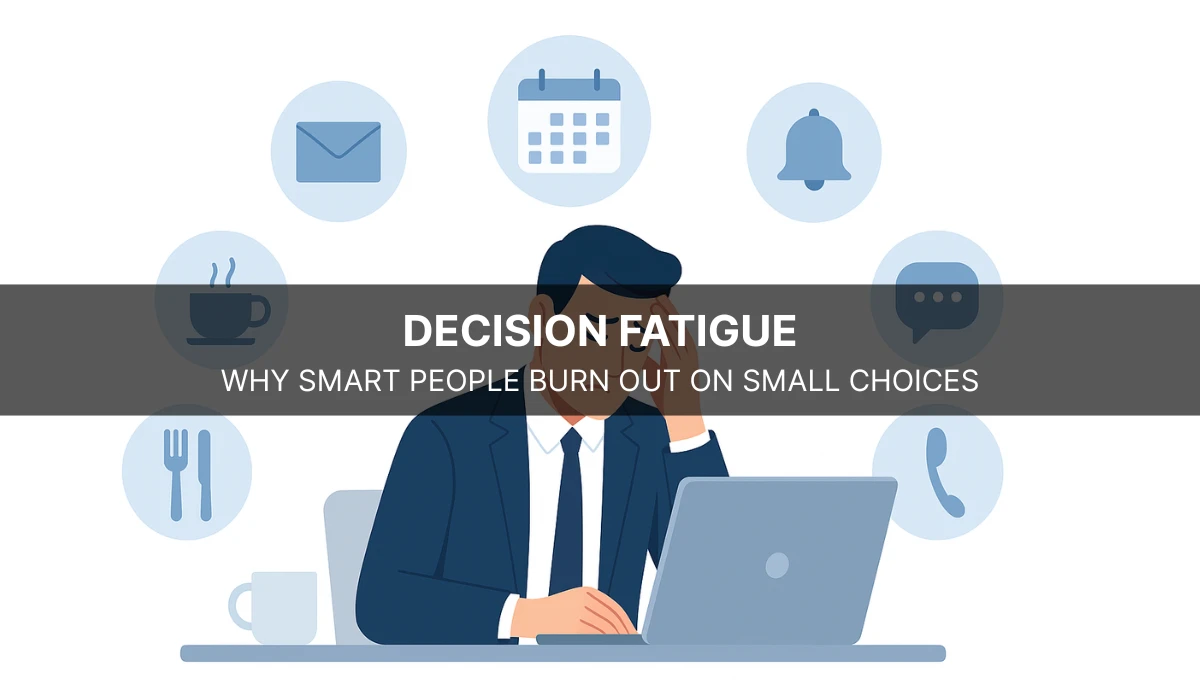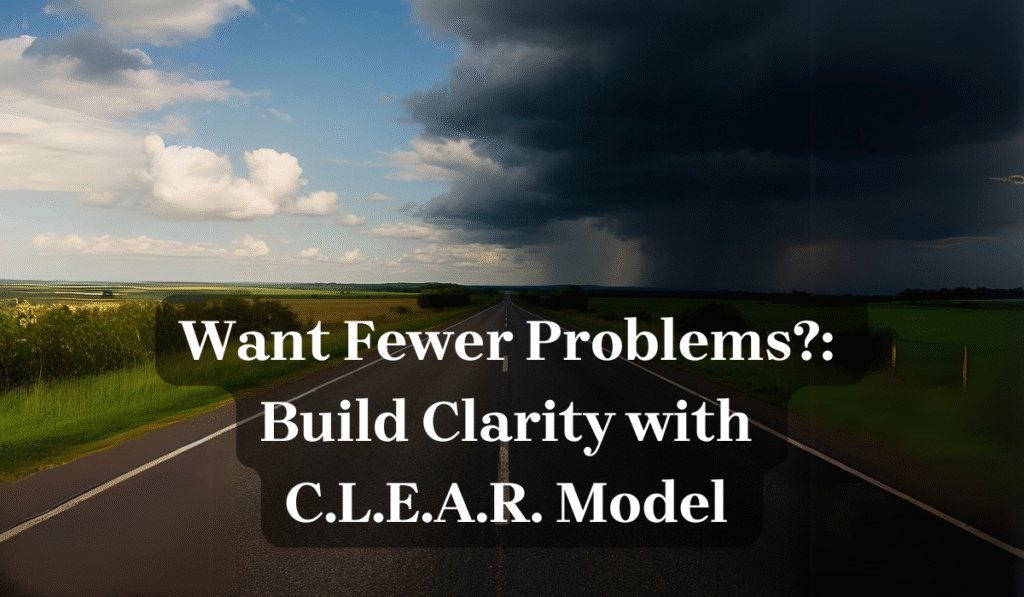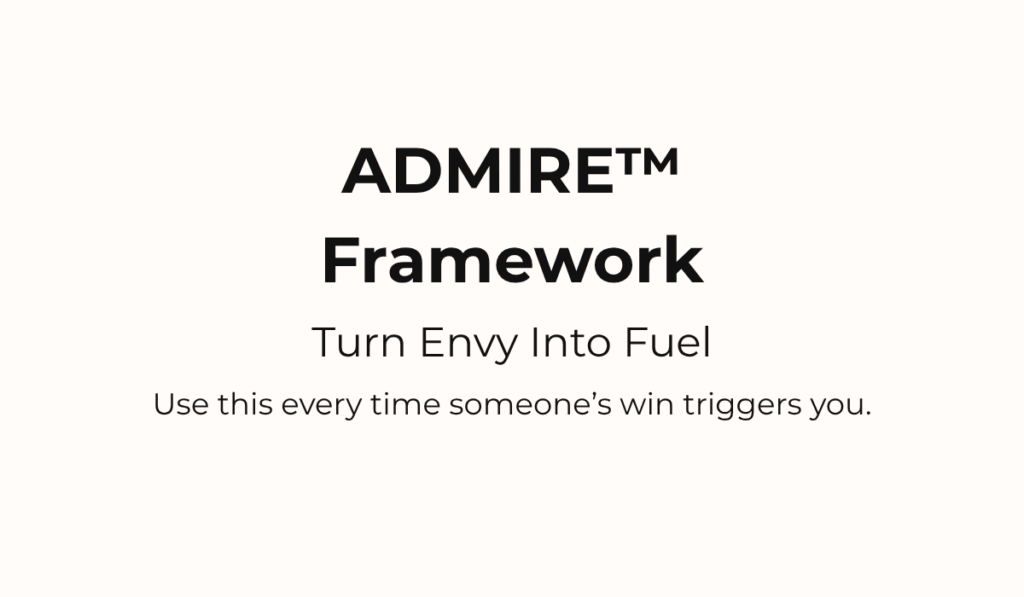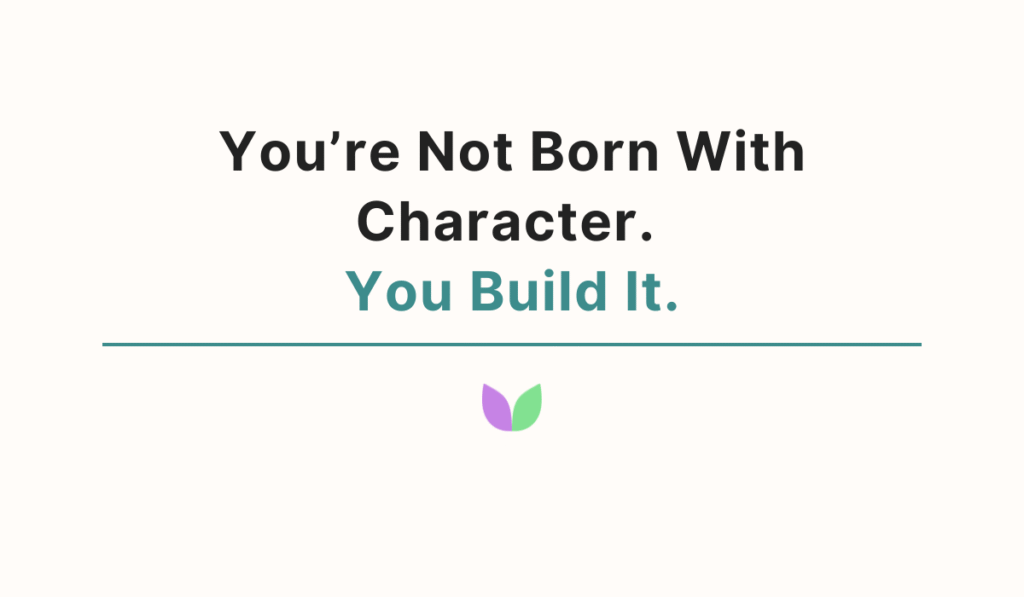Decision Fatigue: Why Smart People Burn Out on Small Choices
What is Decision Fatigue?
We all get the same 24 hours. But not the same decision load.
Research estimates that adults make around 35,000 decisions a day—from tiny ones, like “coffee or tea?” to big ones, like “hire or pass on this candidate?”
Food alone can take 200 daily decisions.
Different roles show the same outcome:
- A CxO makes fewer but high-stakes calls.
- A factory worker makes hundreds of micro safety checks.
In both cases, decision energy drains fast. That’s why you feel mentally exhausted by evening, even with tasks unfinished.
———-
Why Decision Fatigue Happens
Your brain runs on a finite pool of energy. Every choice—big or small—chips away at it.
When reserves drop:
- You default to the easiest option.
- You delay or avoid decisions.
- You make riskier calls.
One striking example: Judges grant parole more often in the morning than later in the day, when their decision reserves are low.
———-
When It Hits the Hardest
- At work: endless pings, emails, meetings.
- At home: “What’s for dinner?” debates, family schedules.
- In your head: overthinking minor trade-offs until you’re paralyzed.
Too many small choices steal energy from the big ones.
———-
The ADF Model – A 3-Tier Framework to Protect Decision Energy
When I first stepped into a dual CPO/COO role, I tried to control everything—vendor calls, contracts, even scheduling. Within months, I was drained.
The turning point came with the ADF Model: Automate, Delegate, Focus.
A clarity tool built in real leadership trenches.
- Automate the trivial
Eliminate repetitive, low-value decisions.
- Meal prep once a week.
- Fixed morning routines.
- Auto-pay recurring bills.
- Delegate the mid-level
Hand off moderate-stakes choices.
- Ops team manages vendor logistics.
- The assistant resolves calendar clashes.
- Focus on the high stakes
Save your sharpest energy for decisions that define outcomes.
- Strategic direction.
- Senior hiring.
- Major investments.
This isn’t time management. It’s decision energy management.
———-
What Changes When You Apply ADF
When I applied the model:
- Mental clarity rebounded. No more wasting energy on trivialities.
- My team felt empowered. Delegation gave them ownership.
- Execution accelerated. Strategy moved faster with sharper confidence.
Not a hack. A survival tool.
———-
How to Try It This Week
For 7 days, do this:
- Pick one daily decision and automate it.
- Identify one recurring mid-level decision and delegate it.
- Write down three big decisions only you should own this week.
By week’s end, you’ll feel lighter, clearer, sharper—ready for the choices that count.
———-
The Science Behind Decision Fatigue
- Ego Depletion Theory: Willpower and decisions share one limited pool of energy. Read more
- Cognitive Load Theory: Overloading memory lowers thinking quality. Read more
- Neuroscience of Habits: Routines conserve brainpower for higher-order thinking. Read more
In simple terms, your brain is a battery. Spend it wisely.
———-
The IntuiWell Advantage
At IntuiWell, we see how decision fatigue silently drains high achievers. That’s why our Personal Growth Program integrates the ADF Model with clarity tools and structured reviews.
Our clients report:
- 40% drop in mental fatigue within weeks.
- Sharper focus on high-impact work.
- A calmer, more confident decision rhythm.
If you feel drained despite working hard, you’re not broken—your brain is overloaded. With the right frameworks, you can reclaim energy, clarity, and focus.
👉 Ready to reclaim your mental clarity and protect your decision energy?
Explore how IntuiWell’s Personal Growth Program can help you cut fatigue, sharpen focus, and make confident, high-impact decisions.
Blog Summary – Decision Fatigue: Why Smart People Burn Out on Small Choices
Decision fatigue isn’t about time—it’s about decision load. Research shows we make nearly 35,000 decisions a day, draining mental energy whether we’re choosing meals, managing teams, or steering strategy. When reserves are low, we often default to easy options, procrastinate, or make riskier decisions.
To combat this, the ADF Model (Automate, Delegate, Focus) provides a 3-tier framework for protecting decision energy:
- Automate trivial, repetitive choices.
- Delegate mid-level tasks to trusted people.
- Focus on high-stakes decisions that shape outcomes.
Applying this framework restores clarity, empowers teams, and accelerates execution. At IntuiWell, this model is integrated into our Personal Growth Program, helping professionals cut mental fatigue by 40% while sharpening their focus on what truly matters.
❓ FAQs on Decision Fatigue
Q1. What exactly is decision fatigue?
Decision fatigue is the mental exhaustion that builds up after making too many choices—big or small—leading to reduced willpower, poor judgment, and procrastination.
Q2. Who is most affected by decision fatigue?
Everyone—from executives making strategic calls to workers managing micro-decisions. The common thread is a high volume of choices draining mental energy.
Q3. How is decision fatigue different from stress?
Stress often comes from external pressures or deadlines. Decision fatigue comes from internal depletion of decision-making energy, even when stress levels are low.
Q4. What are the early warning signs of decision fatigue?
- Defaulting to the easiest option without thinking.
- Procrastinating on important decisions.
- Feeling mentally exhausted by evening, even if tasks remain unfinished.
Q5. How can I apply the ADF Model in daily life?
- Automate small, recurring choices (meal prep, routines, bill payments).
- Delegate mid-level tasks (scheduling, vendor follow-ups).
- Reserve energy for big, high-stakes decisions (strategy, hiring, investments).
Q6. How does IntuiWell help with decision fatigue?
Our Personal Growth Program integrates the ADF Model with clarity tools and structured reviews, helping clients protect their decision energy, sharpen focus, and create sustainable decision rhythms.



